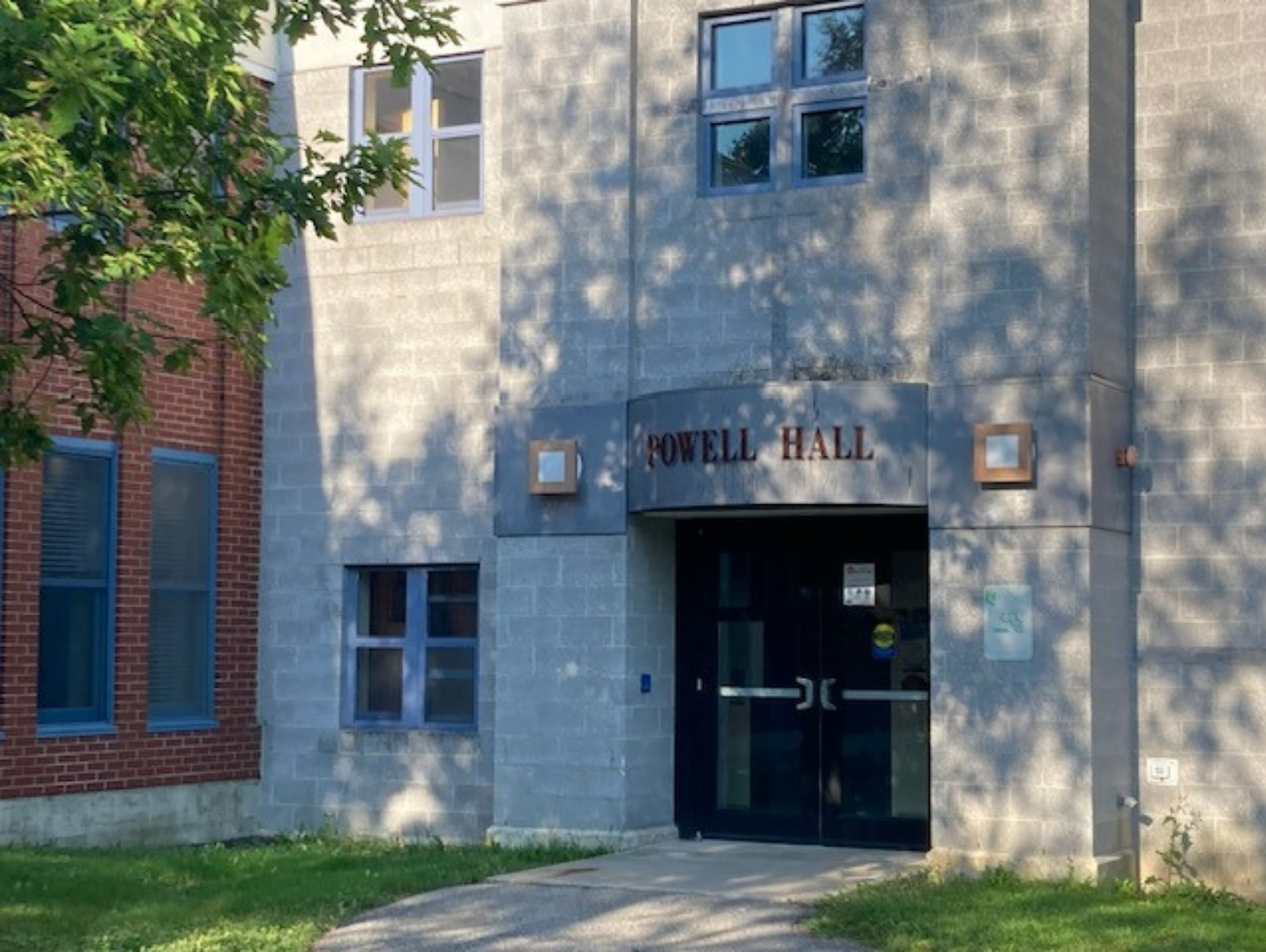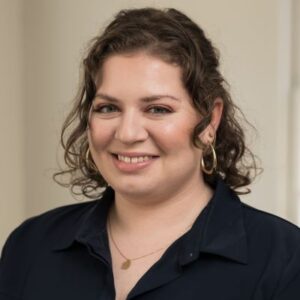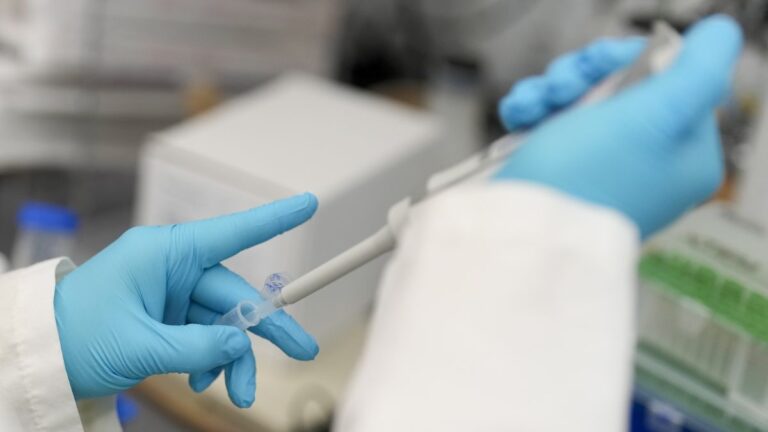In Aroostook County, where resources for people struggling with substance use disorder are limited and resources specific to youth even more rare, a group of educators are working to open Maine’s first recovery high school: a public school program housed on a local college campus where students will learn skills to maintain their sobriety alongside academic classes.
Spurred by a teacher who has seen the issues wrought by substance use among local teens, the proposal hinges on getting funding from the state’s pool of opioid settlement money.
During the week, eight students would live in a dormitory on the University of Maine Fort Kent’s campus, supervised by two or three staff members, eat meals in a dedicated dining hall and take classes and participate in recovery work in a house that formerly served as a student center. Students would return home on weekends and school holidays.
The Upper St. John Valley Recovery High School, as the proposal calls it, would be part of MSAD 27 and be administered by the Valley Unified Education Service Center, which serves the Fort Kent schools, RSU 33 in Frenchville and Madawaska Public Schools. The program administrators would work with outside service providers, like Aroostook Mental Health Center, to provide support services, and help students coordinate medical and dental appointments, including medication management, through Fish River Rural Health and Northern Maine Medical Center as part of the program’s “whole-person approach to health, wellness and recovery.”
Recovery high school students would use the same hybrid education model as those in Valley Unified’s alternative schooling program, which caters to at-risk students. Like students in the alternative program, recovery students would also have opportunities to pursue community-based projects, internships or jobs through Valley Unified or the Maine Youth Action Network, and would participate in weekly “Breakthrough Youth” activities taught by Aroostook County Action Program instructors.
“One of the things that we want our students to know is that suffering from addiction as a teen does not need to be a life sentence,” said Peter Caron, Valley Unified’s coordinator of innovative practice and community outreach. “That in addition to getting sober, you can also chart a path to a very productive future.”
According to the Association of Recovery Schools, there are at least 40 such schools across the country, including five state-funded schools in Massachusetts. None of those schools have a residential component, however, meaning Upper St. John Valley Recovery High School would be the first of its kind.
Two years in the making
The district has been working on the proposal for nearly two years, ever since Brooke Nadeau, a teacher in the alternative schooling program, learned about recovery schools while doing research for her doctoral thesis.
She knew substance use was an issue from what she’d seen in the schools.
Substance use often begins in adolescence, according to the U.S. Centers for Disease Control and Prevention. An eight-year, national study of nearly ten thousand teenagers found that most who had used alcohol, marijuana or other drugs within the past 30 days did so to relieve stress, help with depression or anxiety, or to experiment.
According to the most recent Maine Integrated Youth Health Survey, nearly half of responding high schoolers have had alcohol, and 20 percent said they had at least one drink within the past 30 days. About a third said they’ve tried marijuana at least once and a tenth have misused a prescription pain medication.
Among the 490 suspected and confirmed fatal overdoses last year, four involved people under 18.
“High school is really kind of where you begin that experimental stage, or you come from families that have substance (use) issues and then that just follows generationally,” Nadeau said. “I observed it and wanted to make a change for our region.”
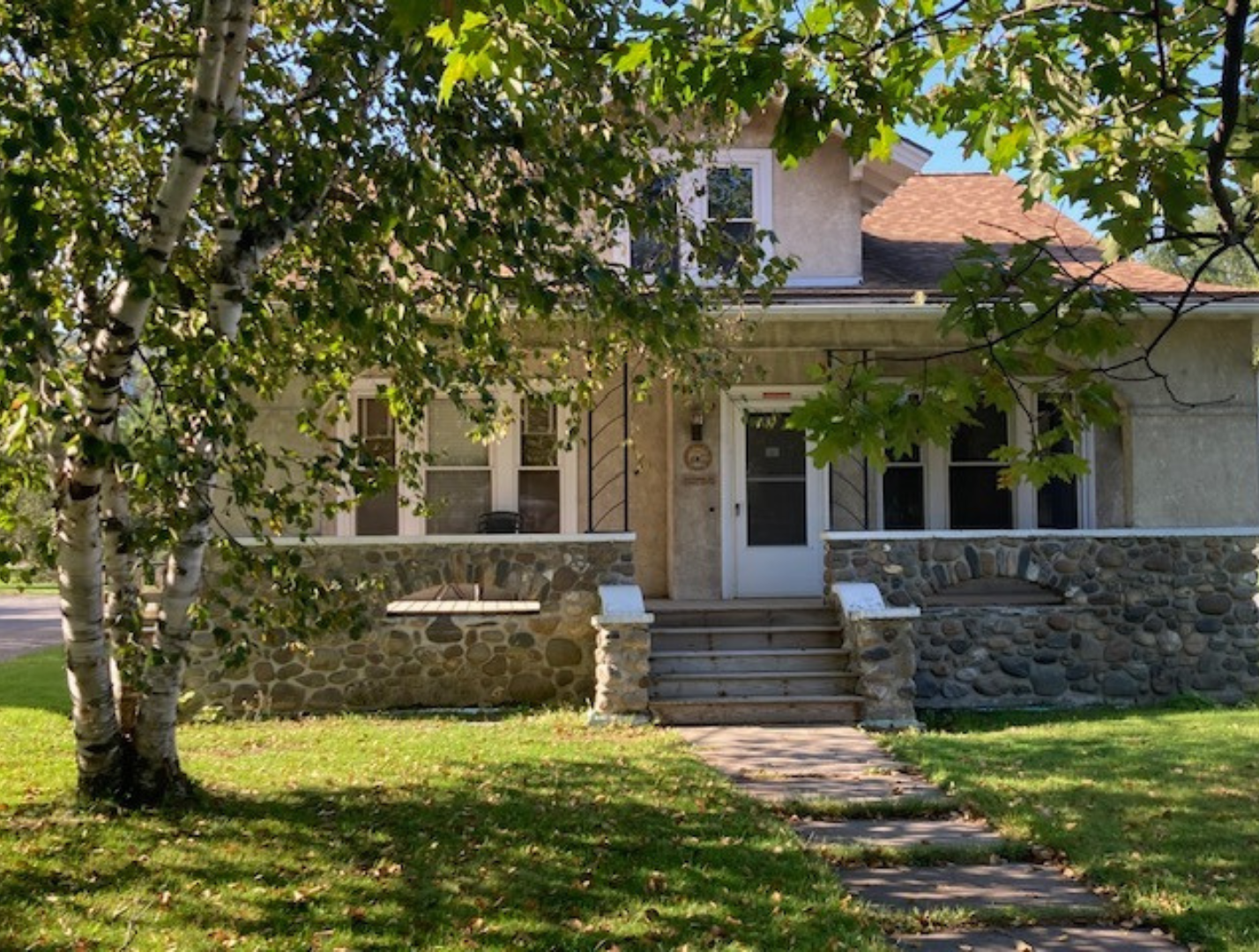
She brought the idea to Caron, and they immediately got to work. They connected with Shawn Graham, a behavioral sciences professor at the University of Maine Fort Kent, and eventually the president of the college, who offered the spaces on campus.
“We’re not naive. We know that (drugs and alcohol are) in our schools,” Caron said.
Caron says they do a “very effective job” at keeping it out of schools, but also understand that this is an age where kids are trying new things or may be self-medicating or at higher risk of developing an addiction because it’s already in their homes.
“For me, anecdotally, there was absolutely no doubt that there’s a need,” he said.
But for residents of the largest county east of the Mississippi, finding substance use resources can be tough. Treatment and harm reduction services, like medically supervised withdrawal or intensive outpatient programs, are growing but still limited.
Finding recovery support, especially for adolescents, is even more difficult. There are only three peer-run recovery centers, including one that opened last year. Located in Fort Kent, Houlton and Caribou, the centers are a 45- to 100-mile drive apart. And there are just two recovery homes — a men’s residence and a women’s residence in Caribou — neither of which accepts people under 18.
While some treatment programs are able to accommodate adolescents, other services are simply not set up for people under 18, said Julia Macek, Aroostook Mental Health Center’s program director for behavioral health and integration for Aroostook County.
And even when those services are available, they tend to be geographically concentrated in a few areas in a county where transportation has long been identified as a primary challenge to accessing care, Macek said, or accessing them means disclosing substance use to a parent or guardian, which may prevent a teen from asking for help.
But finding treatment and starting recovery is just the beginning for many of these teenagers. Sustaining their recovery and avoiding a relapse brings another set of challenges.
Dr. Paul Vinsel, who worked as an emergency physician for 36 years, has been practicing addiction medicine since 2021. In his experience treating adolescents, “it’s very difficult to retain them in treatment.”
“Because when they leave your office, or if they are at a regular school, they are totally influenced by their peers and they return to use at a very high level. They drop out of programs at a very high level,” he said. “I think if you can have a program like this that is residential during the week, that is specifically geared towards these people, then I think you’re going to have much better success retaining them in treatment, retaining them in school, improving their life.”
In Caron’s nearly forty years as a school administrator, he’s seen countless students drop out of school after developing an addiction, or struggle to maintain their recovery when returning to a traditional high school setting.
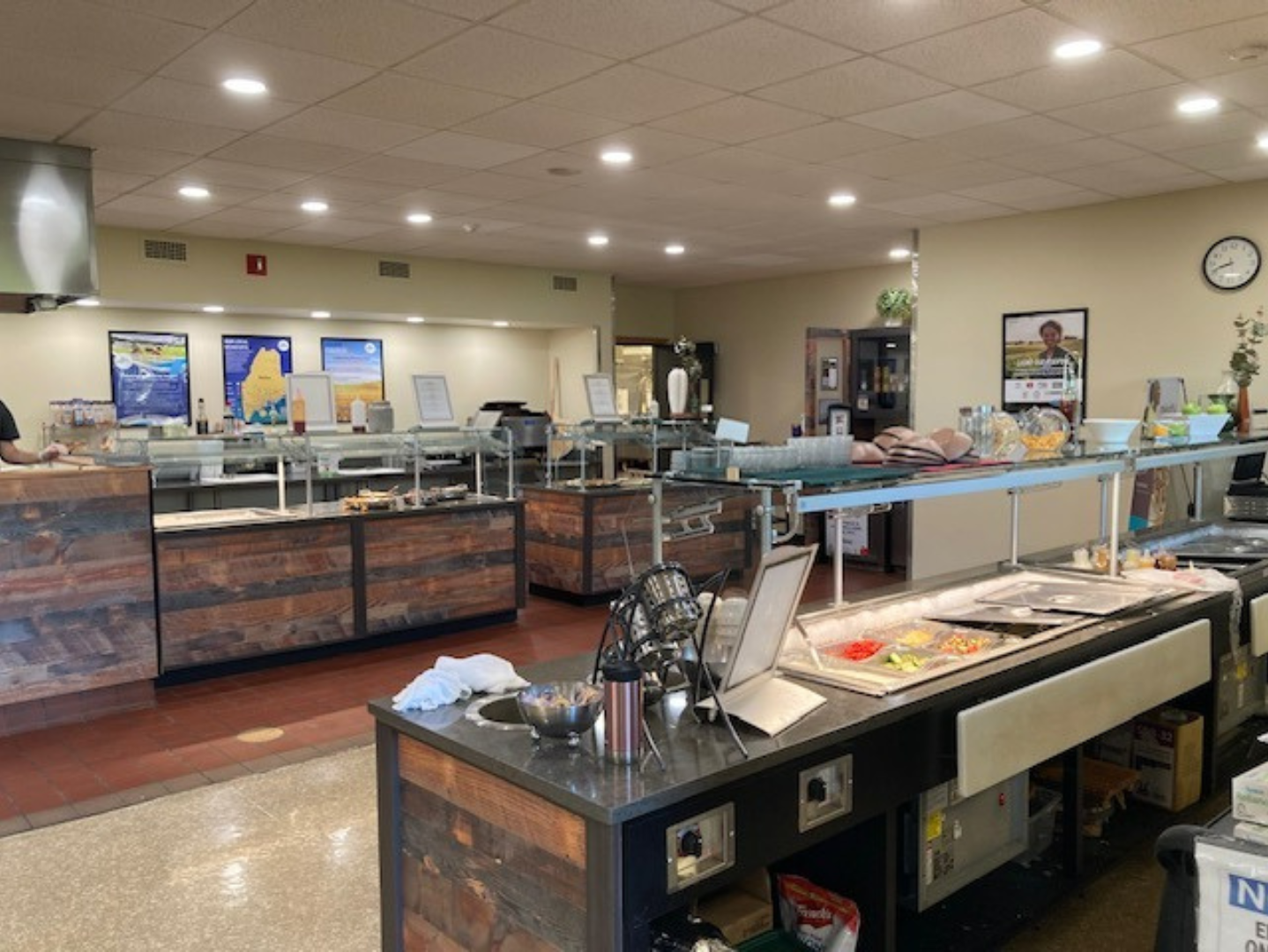
Shelby Theriault, 17, a junior in the alternative schooling program at Valley Unified and a trained youth recovery coach, said there’s a lot of pressure from peers to drink alcohol or use drugs. She comes from a family with a history of substance use and can recognize when another student’s behavior is not what some students think is “normal,” but in fact a sign of a substance use disorder.
Students in recovery may just want their friend group to feel “like how they used to” and that could lead to them using again, she said.
Community and familial relationships run tight in the St. John Valley, said Claire Nichols, Theriault’s mother and a teacher at Madawaska Middle/High School, and it can be difficult to find sobriety when substance use is entrenched in those relationships.
While some may balk at the idea of removing these teens from the general school population, she thinks this approach is necessary to give them the tools they need to break out of cycles of addiction.
“The reality is, is that this has been needed for a really long time. I would have needed this in school,” said Nichols, who is in recovery from alcohol use disorder. “It just makes sense that we strip away all of the boundaries and parameters around the child and just give them what they need.”
Funding in limbo
The school district is still trying to raise the funds necessary to support the program.
These students need more resources than a typical high schooler, making the cost per student much higher, Caron said.
While state funding covers about 71 percent of the program’s projected costs, the district still needs hundreds of thousands of dollars to fund the three-year pilot program. Last year, MSAD 27 submitted a $581,000 request to the Maine Recovery Council’s community grants application.
The Recovery Council is charged with distributing half of Maine’s $230 million-plus in opioid settlement funds over the course of 18 years. The council, now in its third year, took months to decide on priority strategies and land on a grant application in a process that even some members have acknowledged has been painfully slow.
Last November, the council approved 43 projects totalling $13.9 million. The recovery high school was not among them.
A month later, Caron and Nadeau drove down from Fort Kent to Augusta, where they asked the council to reconsider.
“It’s time for Maine to have this service,” Caron told councilors at the December public forum. “We’re setting (students in recovery) up to fail. They do not succeed. They need a better option.”
Vinsel, a council member and one of proposal’s three reviewers, said he gave their project a perfect score and isn’t sure how it “kind of fell through the cracks.”
While the cost per individual is high, Vinsel said the project is “totally innovative,” and noted that it could serve as a model for other states.
Now he and fellow council member Gordon Smith, the state director of opioid response, are working to get the project funded. At the council’s next meeting on March 13, Smith will present an emergency funding provision to get “time-sensitive” projects like the recovery high school funded.
If the council passes that provision, Vinsel said he will make a motion to fund the school.
Even if it passes, Caron’s not sure they can launch this fall, as originally planned. In December, he told the council that the district really needed to know if it would get this funding by January so that he and his colleagues could begin recruiting staff and identifying potential students. The University of Maine Fort Kent has been holding the spaces for them, but it cannot do so indefinitely.
University president Deb Hedeen has offered to hold the spaces for one more year, but “it’s one additional year where youth aren’t being served,” Caron said. “I’m not saying that the window is closed but unless we have some definitive idea of what level of support we have, we can’t even advertise.”


